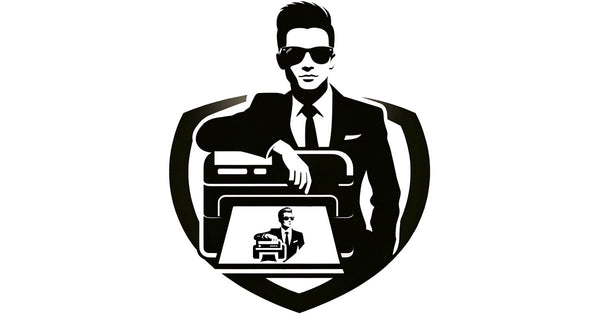Printing Techniques for Creating Textured Effects
Tony Torres
Top Printing Techniques for Stunning Textured Effects | A Guy With A Printer
Welcome to the world of tactile printing experiences! In this comprehensive guide, we'll delve into the most effective printing techniques used by professionals to create textured effects that make printed materials stand out. Whether you're a designer, artist, or print enthusiast, understanding these methods will elevate your projects to new heights of creativity and sensory appeal.
Embossing: Adding Dimension to Your Prints
Embossing is a popular technique that involves creating raised or recessed designs on paper or other substrates. It's perfect for adding a touch of elegance to business cards, invitations, and packaging. The process requires a custom-made die and counter-die that press the design into the material, resulting in a distinct tactile effect.
Thermography: The Feel of Engraving Without the Cost
Thermography, or raised printing, is a cost-effective alternative to engraving. This technique combines ink with a resinous powder that is then heated to create a raised effect on the print surface. It's commonly used for letterheads, business cards, and greeting cards, providing a textured finish that's both visually appealing and pleasant to touch.
Letterpress: Timeless Texture with a Modern Twist
Letterpress printing is a traditional method that has seen a resurgence in popularity due to its unique textural qualities. By pressing inked plates into thick, soft paper, letterpress creates an indented impression that adds depth and character to any design. It's ideal for wedding invitations, business cards, and artisanal labels.
Foil Stamping: Metallic Accents for a Luxurious Feel
Foil stamping is a versatile technique that can be combined with embossing or used on its own to add shimmering metallic accents to prints. It involves applying metallic foil to the substrate using heat and pressure, resulting in a reflective texture that catches the eye and enhances the tactile experience.
UV Coating: A Glossy, Textured Finish
UV coating is a finishing technique that applies a liquid coating to the print surface, which is then cured under ultraviolet light. This creates a glossy, textured layer that not only adds visual depth but also provides additional protection to the printed material. It's perfect for book covers, postcards, and business cards that need an extra pop.
Digital Texturing: The Future of Textured Prints
With advancements in digital printing technology, creating textured effects has never been more accessible. Digital texturing allows for precise control over the texture, enabling the creation of intricate patterns and details that were previously impossible. This method is excellent for short runs and personalized prints that require a unique touch.
Textured printing techniques offer endless possibilities for enhancing the look and feel of your printed materials. By choosing the right method for your project, you can create memorable, high-quality prints that stand out in today's visually saturated market.
Get in Touch with A Guy With A Printer